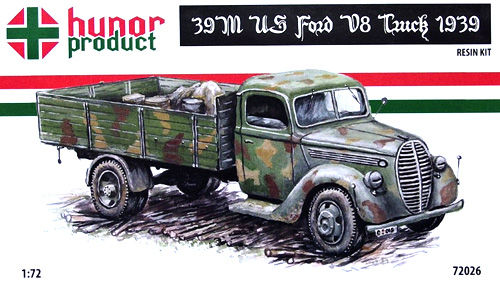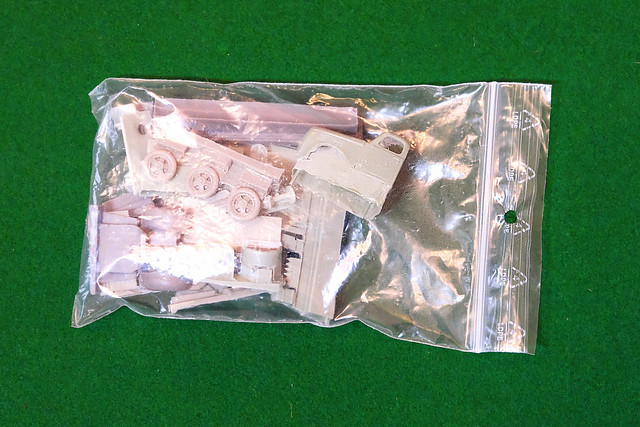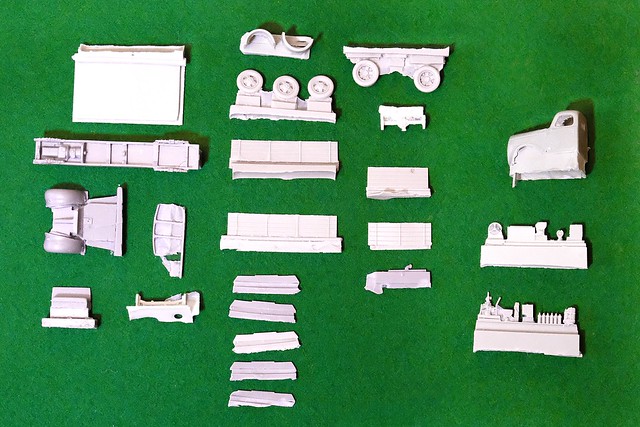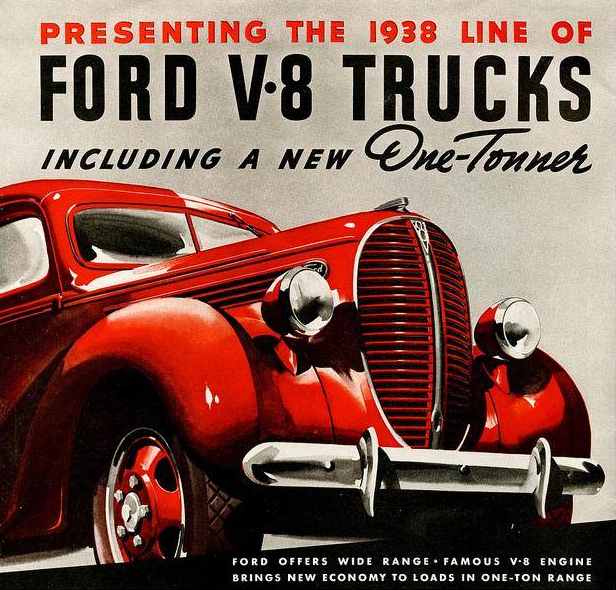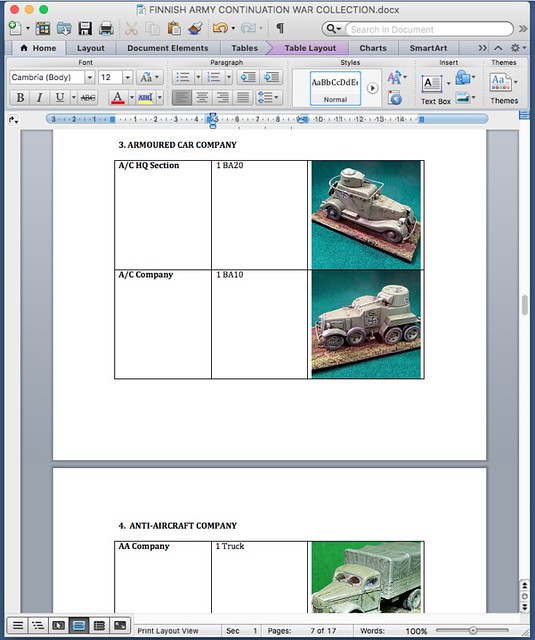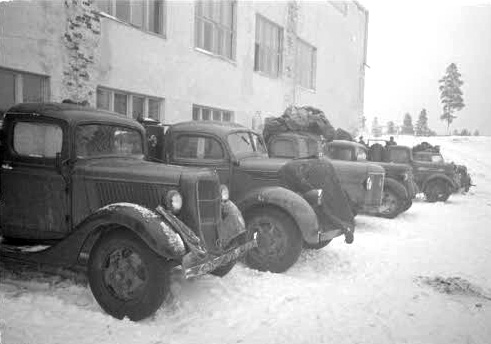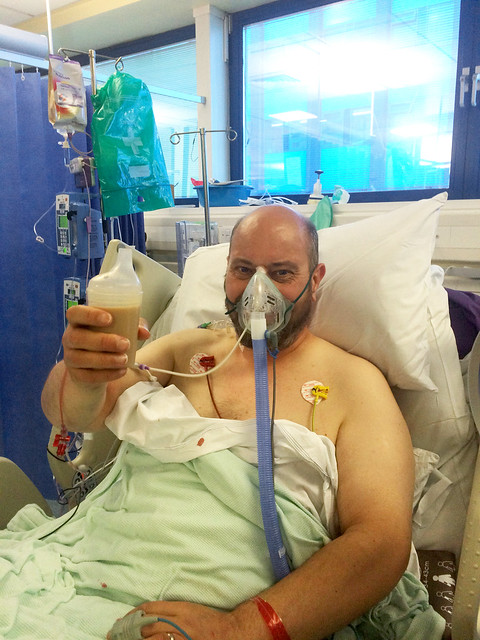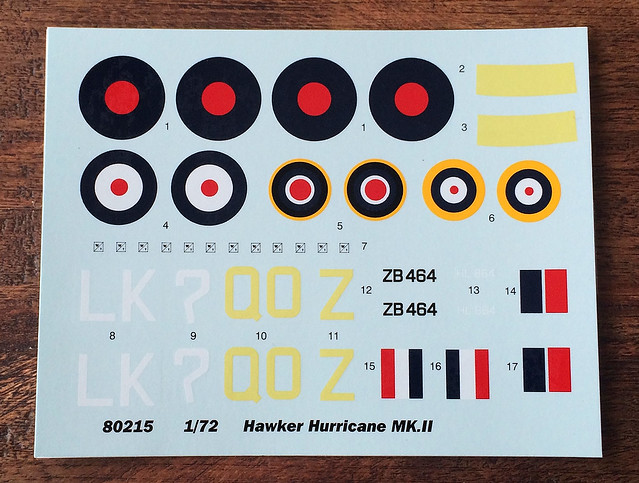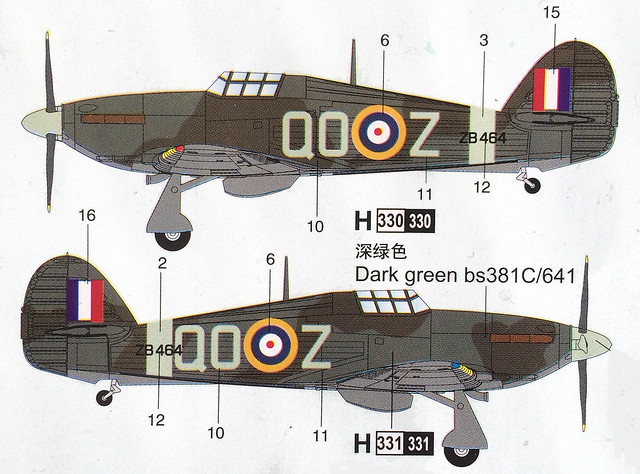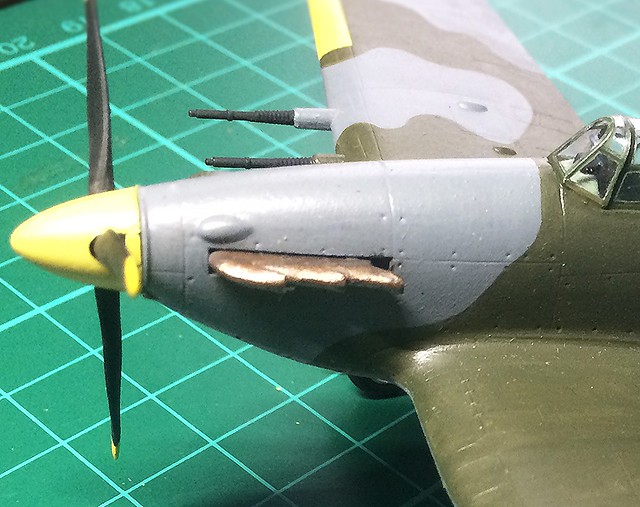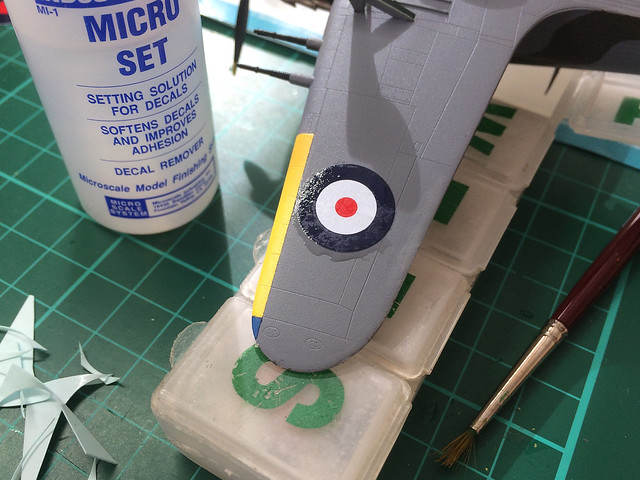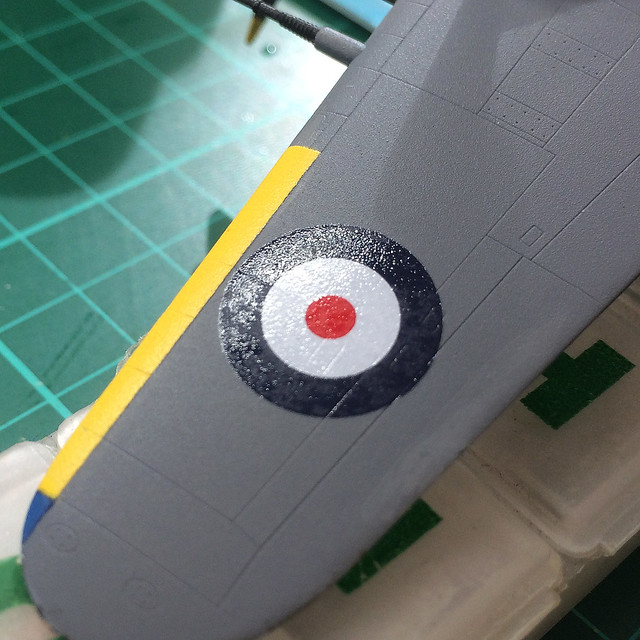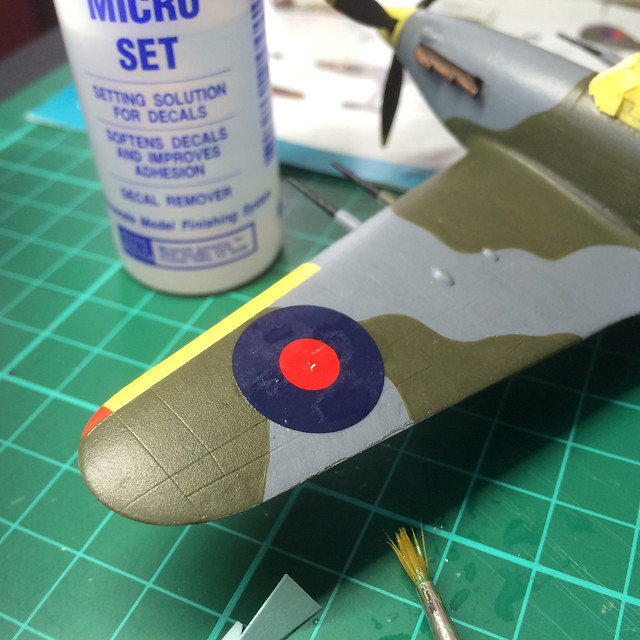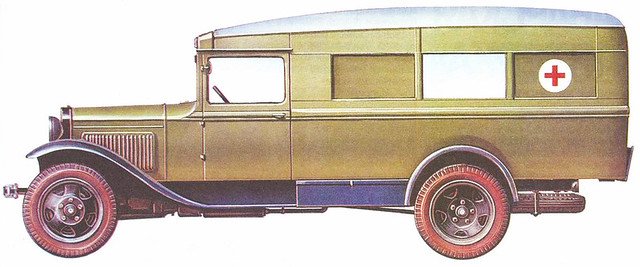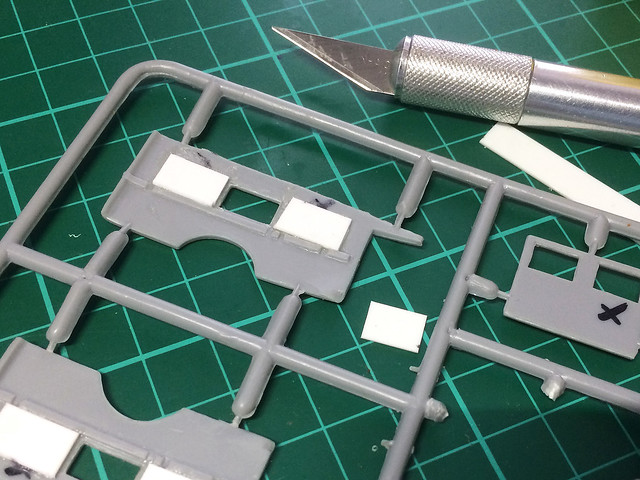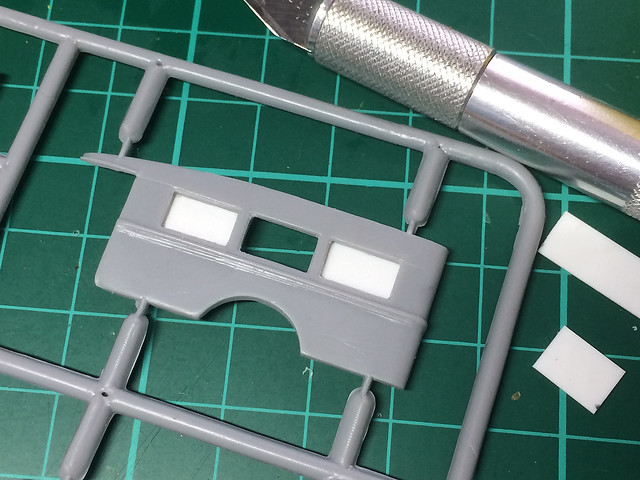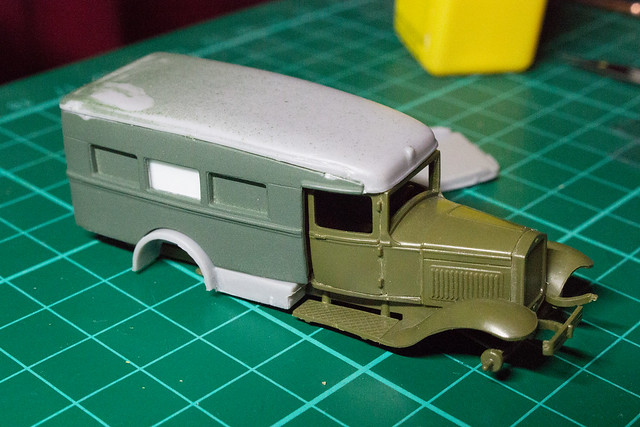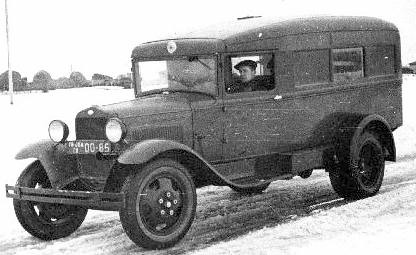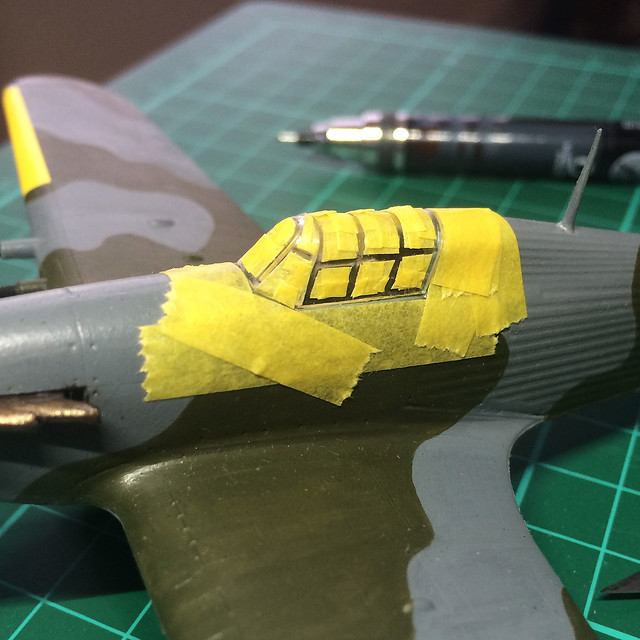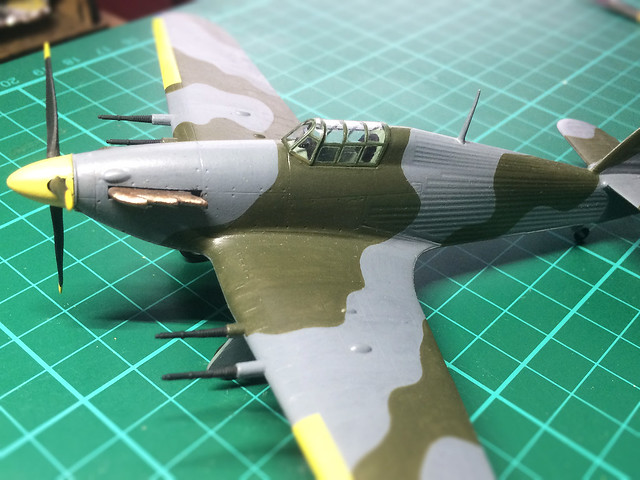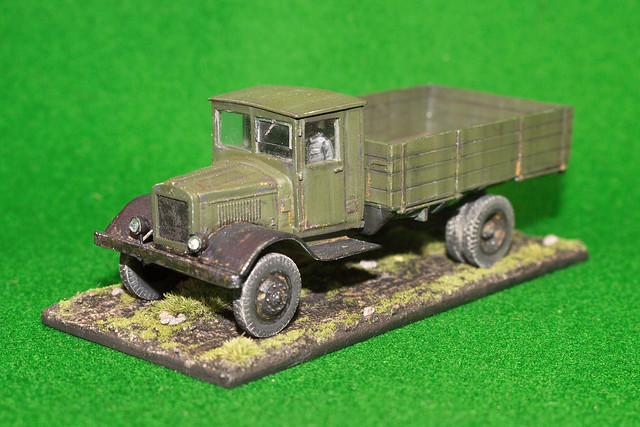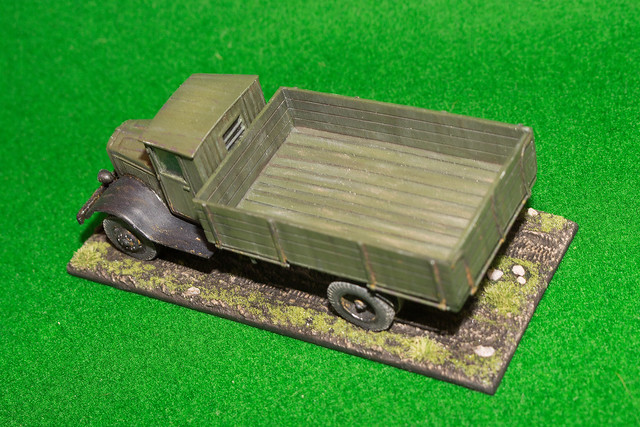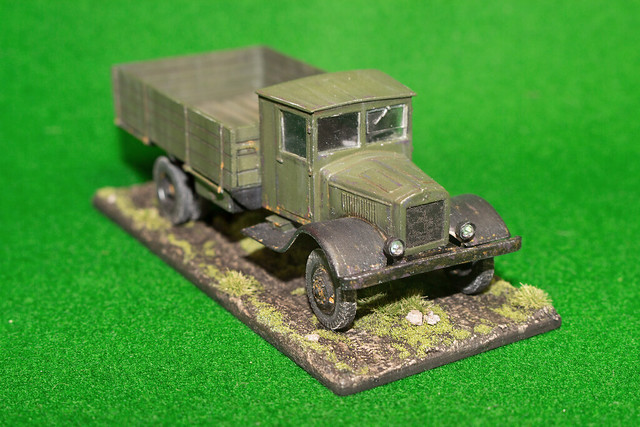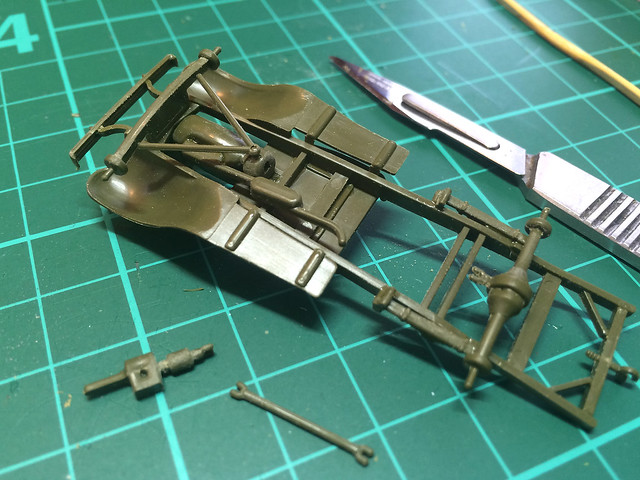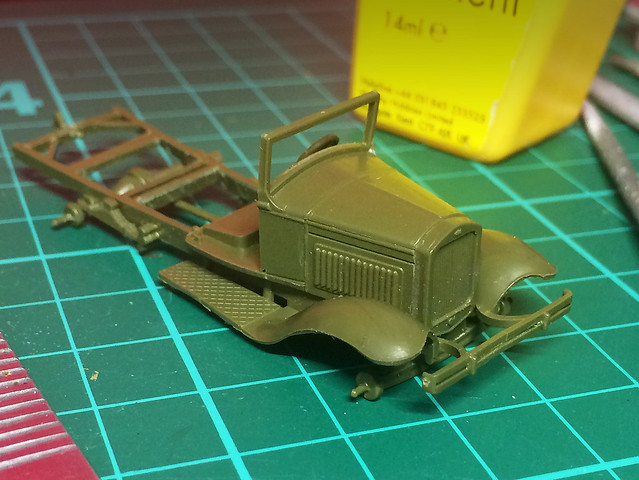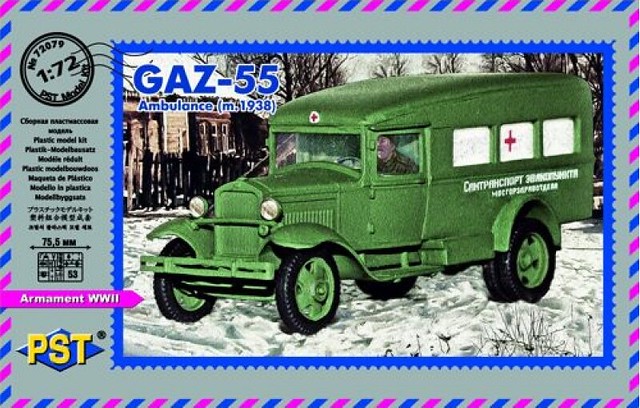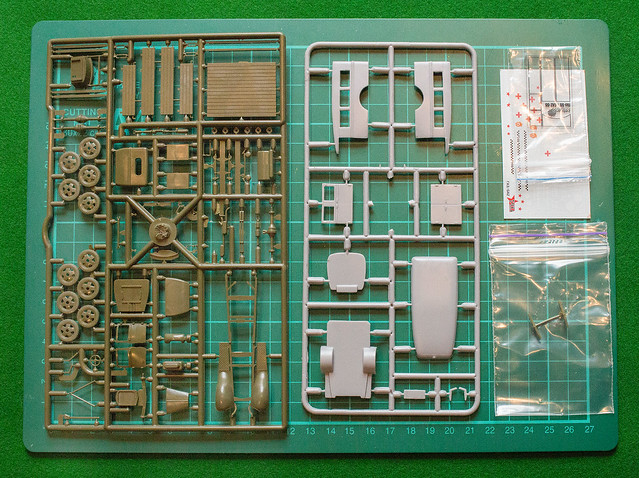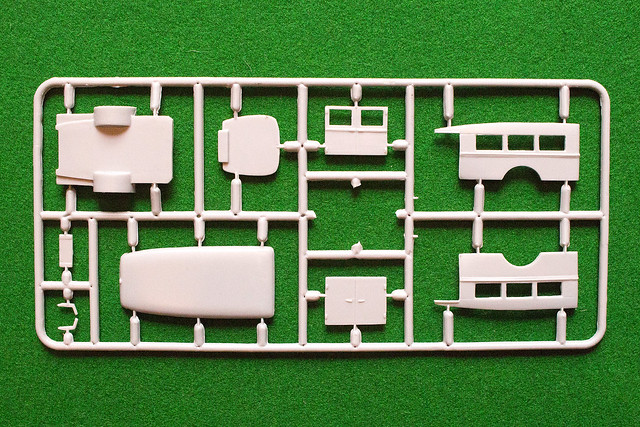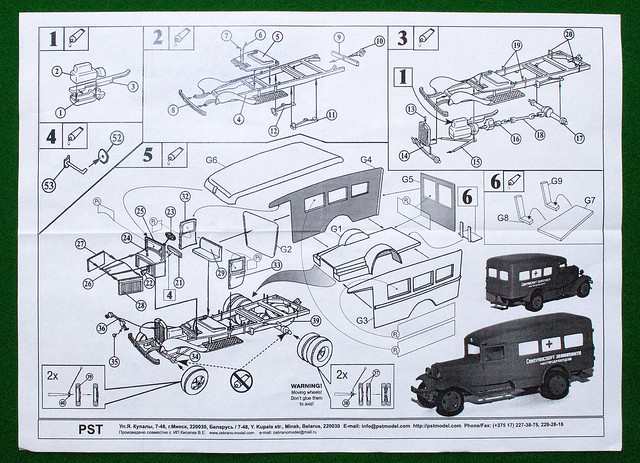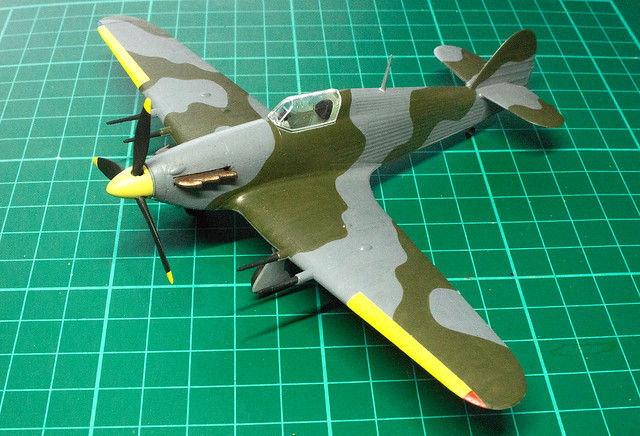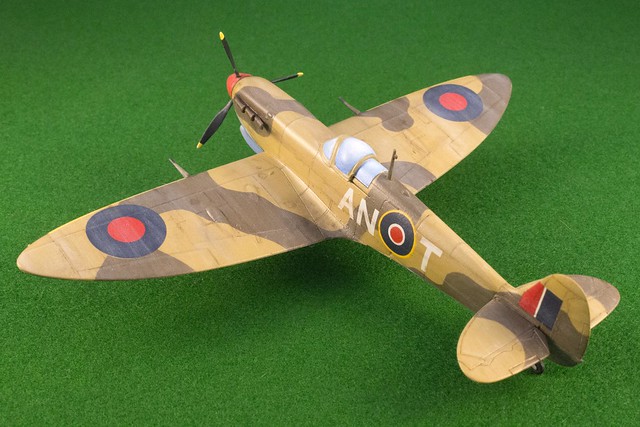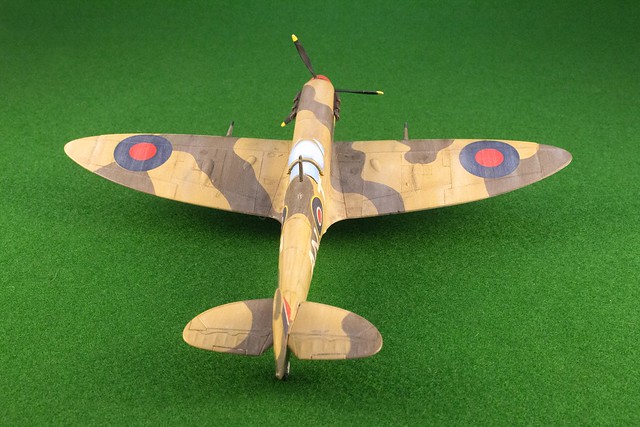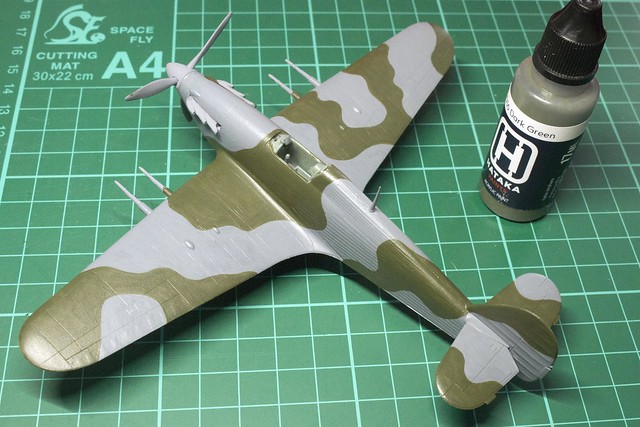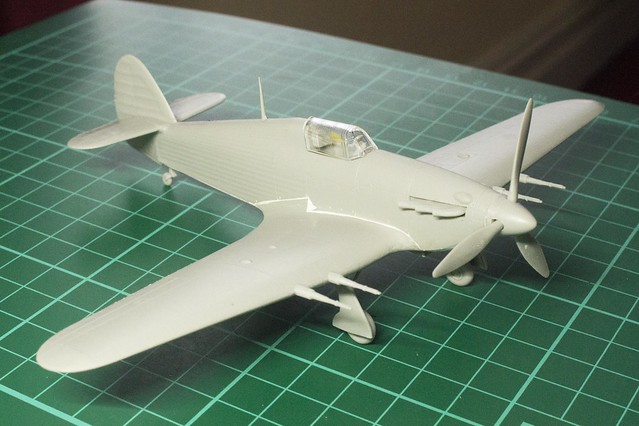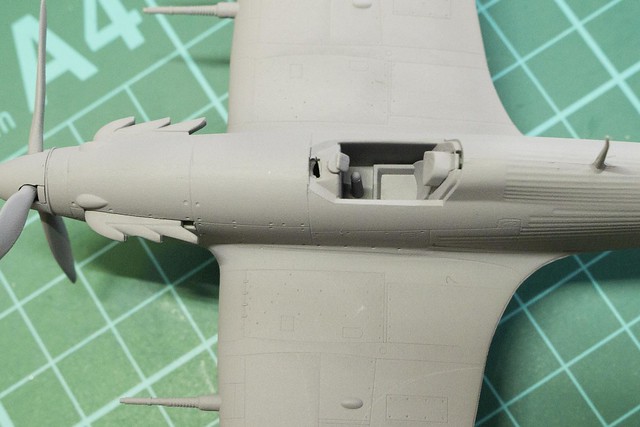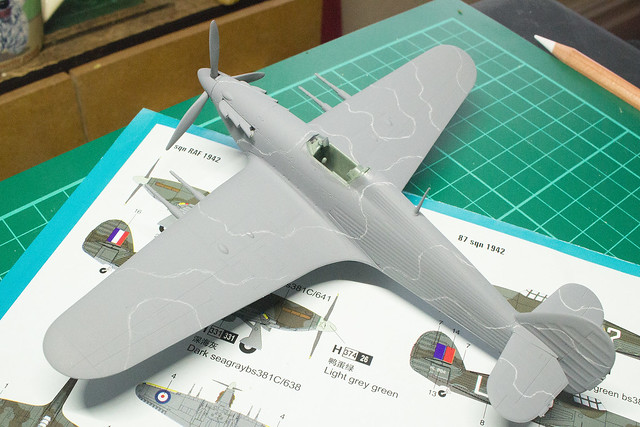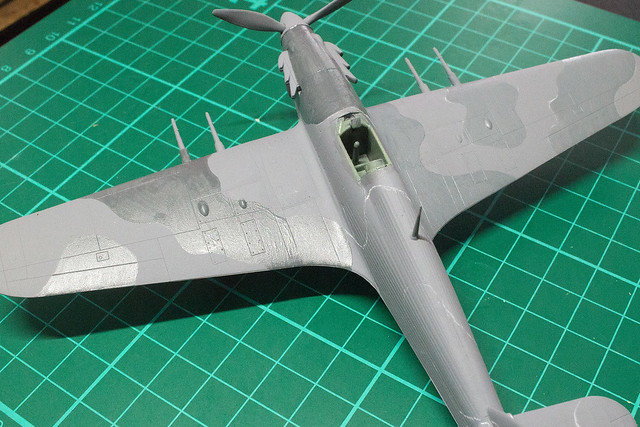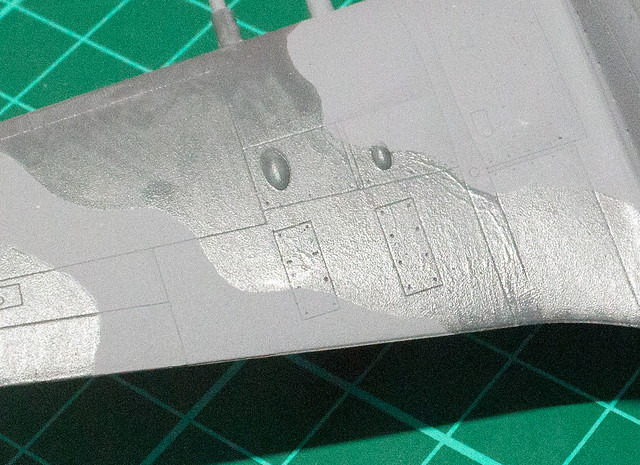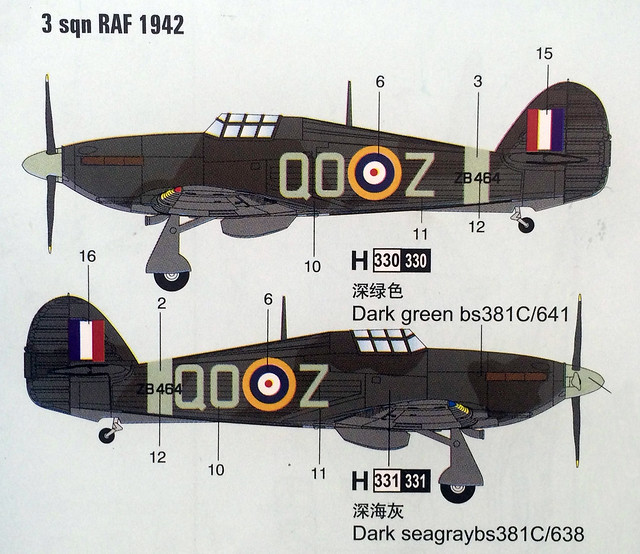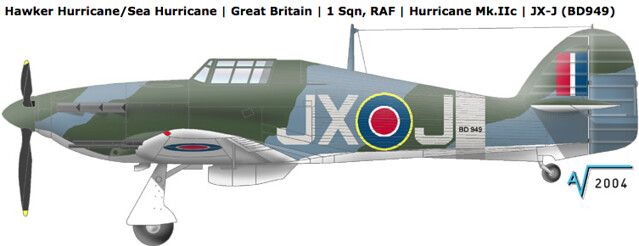First build for 2017 will be a resin kit by the Hungarian company Hunor. It's another truck for my Finnish Continuation War project and is, once again, a little obscure pre-WW2 design that was typical of the Finn's reliance on civilian and commercial vehicles that were imported from America.
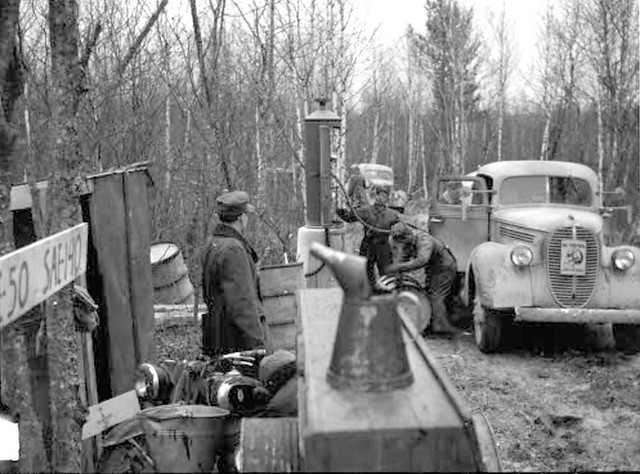 |
| Nice photo of a Finnish Ford at what looks like a military fuel supply stop. Dated 1941. Photo credit: SA KUVA |
The 1939 Ford V8 truck is fairly typical of the lighter type of commercial flat-bed cargo vehicles of this time. In truth, it was only slightly bigger than a pick-up truck and shared the same cab design across the range, from van to truck...
While this format was prevalent and popular at the time it's suitability as a military prime mover may be questionable because of its light weight. But still, it's availability and the reliability of its V8 engine was what the Finn's sorely needed at the time. These trucks just kept on going, as can be seen in this 2015 video of an American family's Ford, which has been their farm truck since 1953...
One final historical note worth mentioning is that, the 1939 Ford V8 design is yet another one of those late 1930s American vehicle designs that was manufactured both in the USA and in Germany! I *think* the Finn's M39 Fords were US imports rather than products of Germany's Fordwerkes. (Apparently, they were produced in Germany from 1939 to 1941. Like the Ford V3000 V8s, the way to tell the American from the German version is that the US-made models had a split windscreen, while the German Fords had a one-piece windscreen.)
The Hunor kit
The kit comes in a nice cardboard box, but inside you will be met with some polystyrene packing and a plastic bag of parts...
While I guess it's hard to produce resin models on a sprue - like plastic kits - I always wince when I see all the delicate resin components squeezed into a loose bag like this. Fingers crossed for no broken parts!
Luckily, everything seemed to be in order when I checked all the parts but there is quite a bit of flash and smaller detailed parts are attached to large blocks of resin. A lot of cutting and cleaning will be required...
One of the constant niggles (I have) with resin model manufacturers is the low quality of their printed instructions, Hunor seems to be no different...
Oh dear! Not only draw by an 8 year old child but also - when one checks the parts - a few operations are only very vaguely alluded too. For example, the flatbed supporting spars will need a lot of TLC lavished on them before they can be affixed to the underside of the flatbed.
I may be being picky, but when you consider the premium price one is being asked to pay for these kits (€35 plus shipping) you would think the least they could do is spend some time on better instructions!
Well, I guess the moral when dealing with resin kits is that it's all in the prep! So, I'll be spending quite some time preparing all the parts so that they are in a finished state ready for the assembly.
